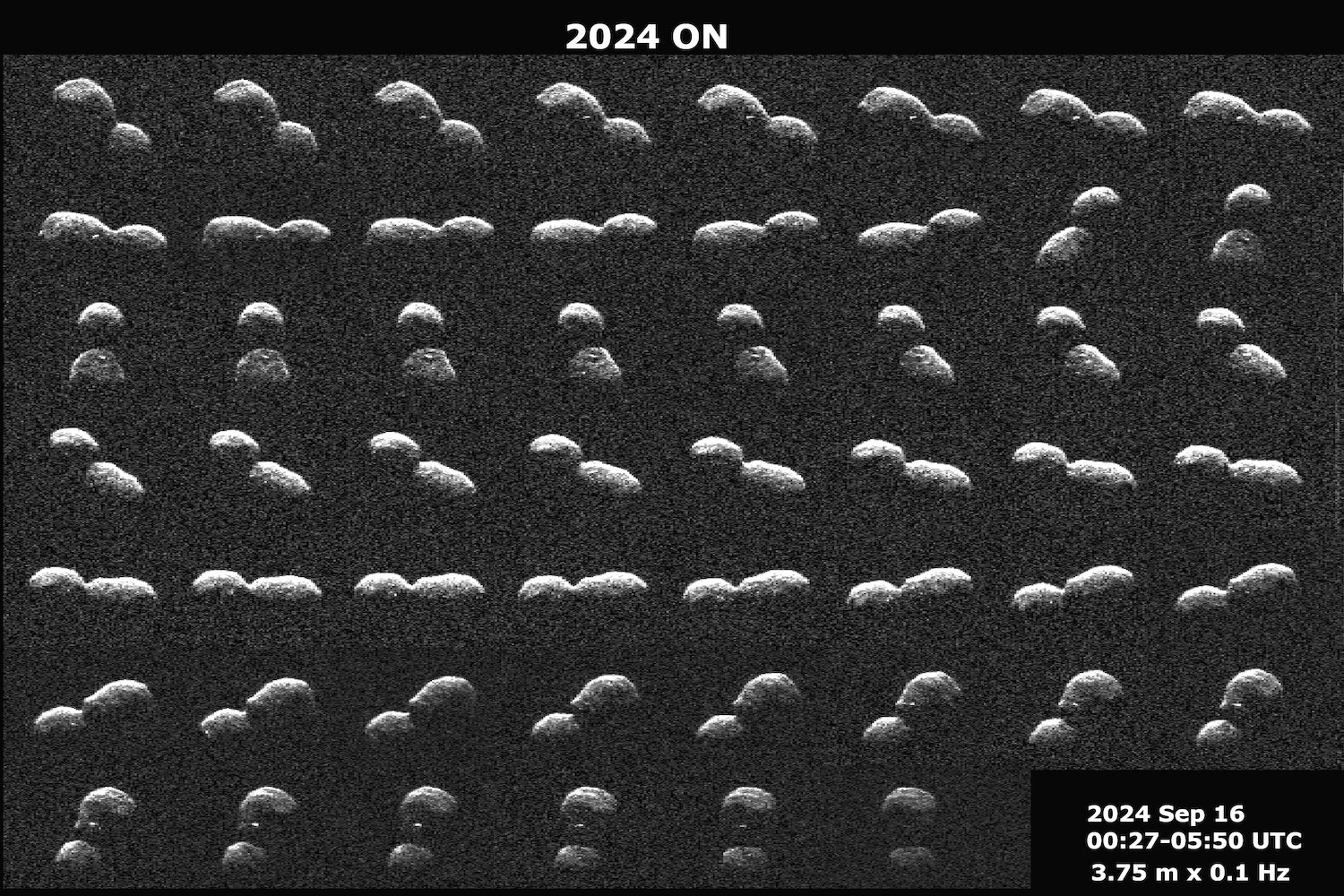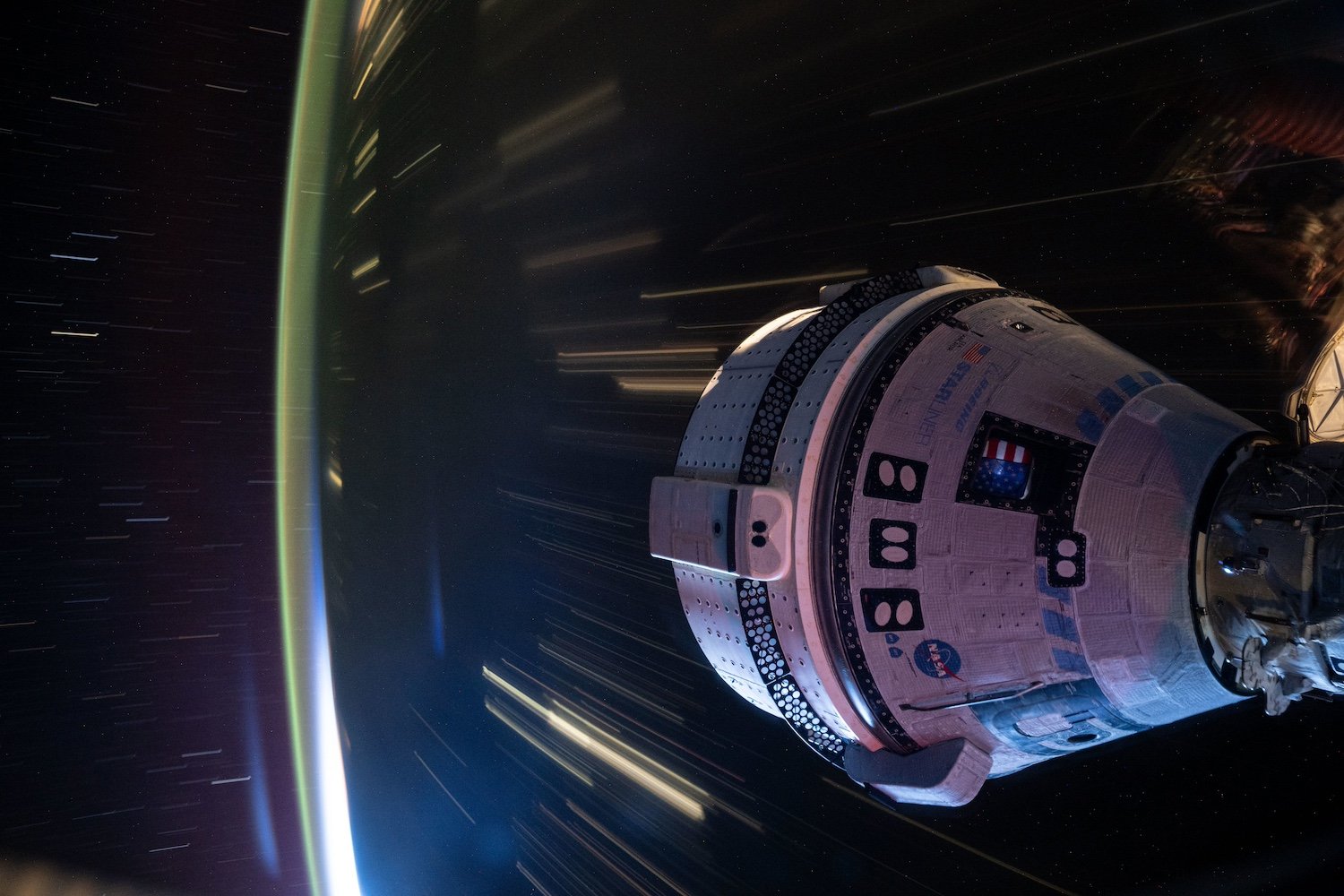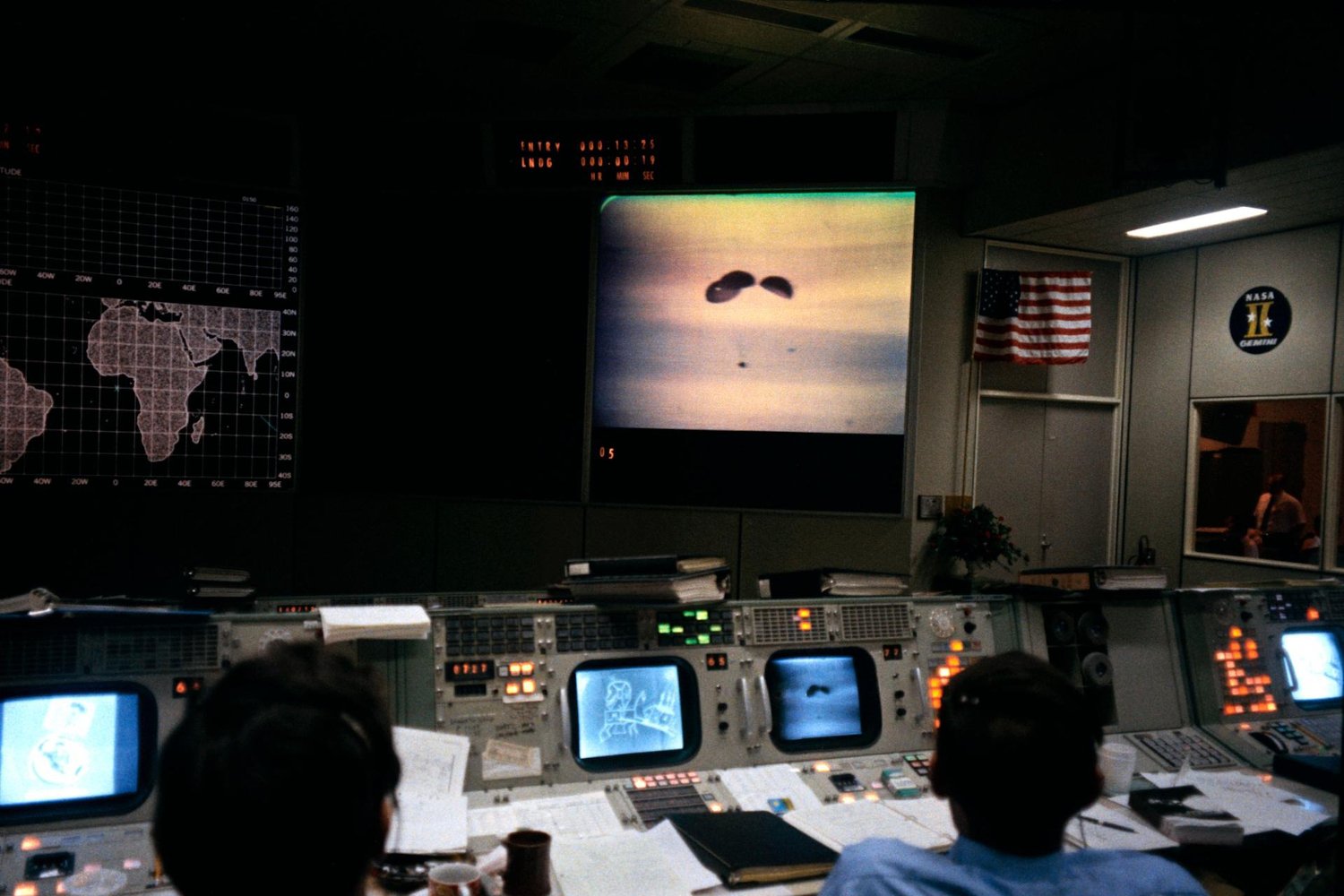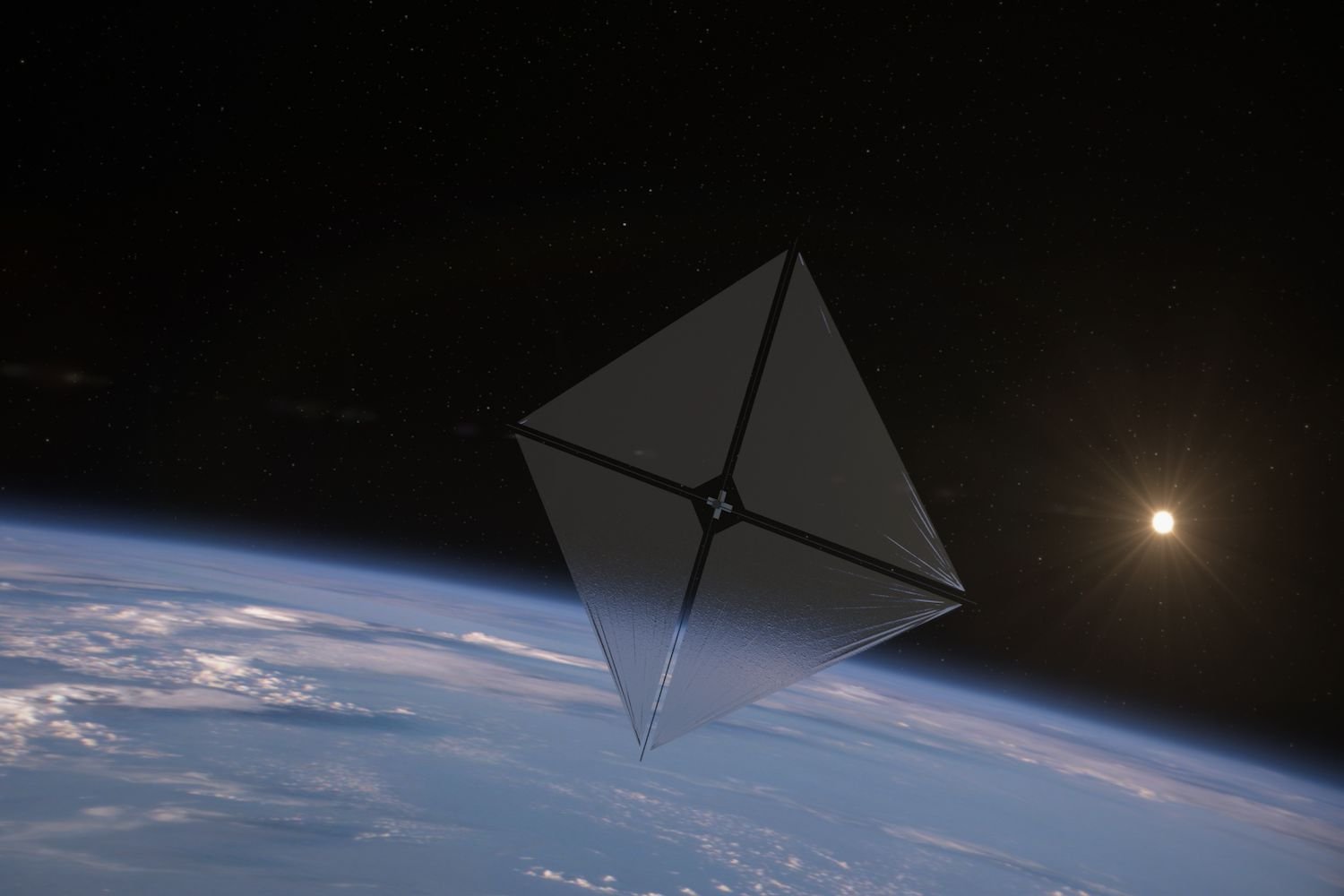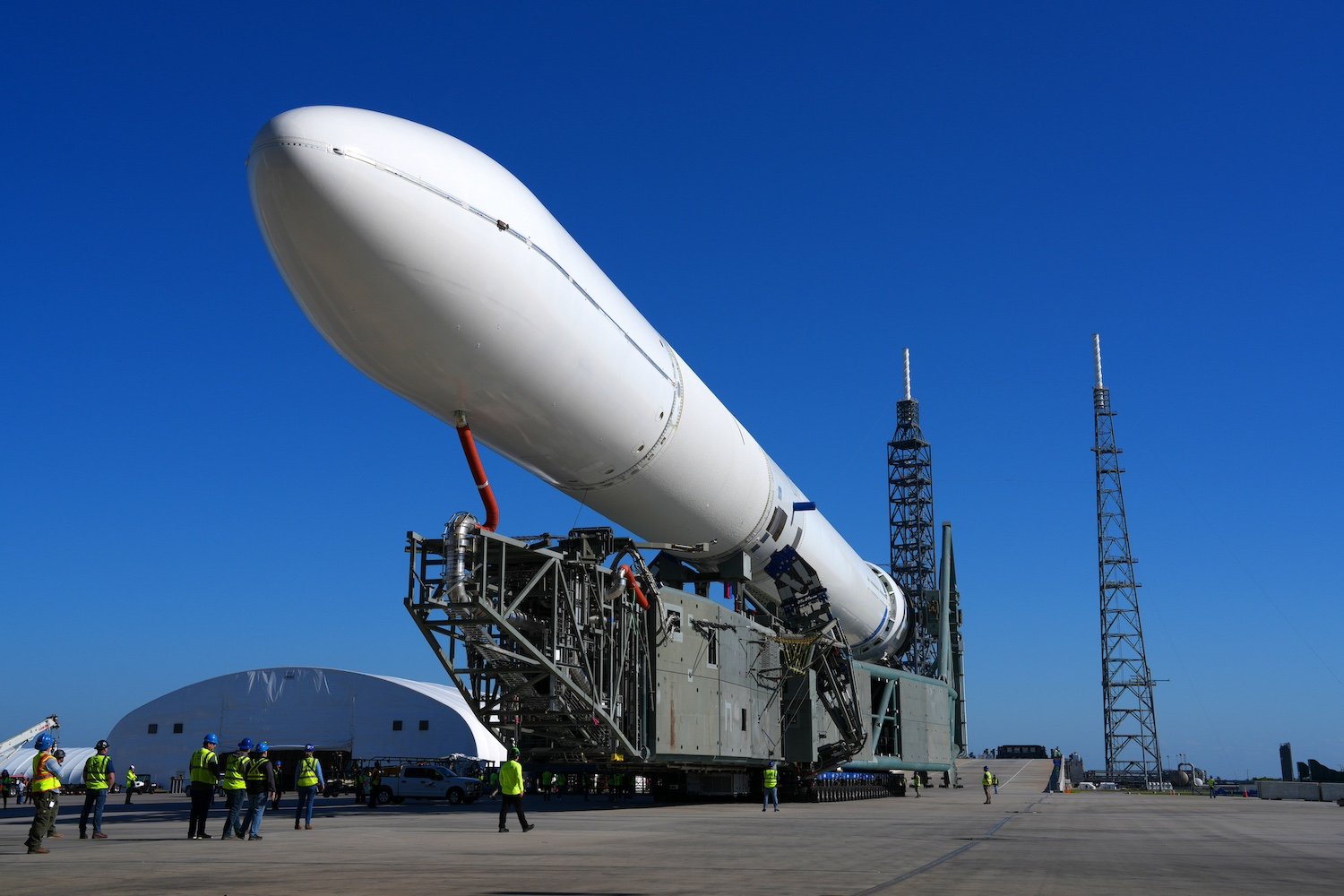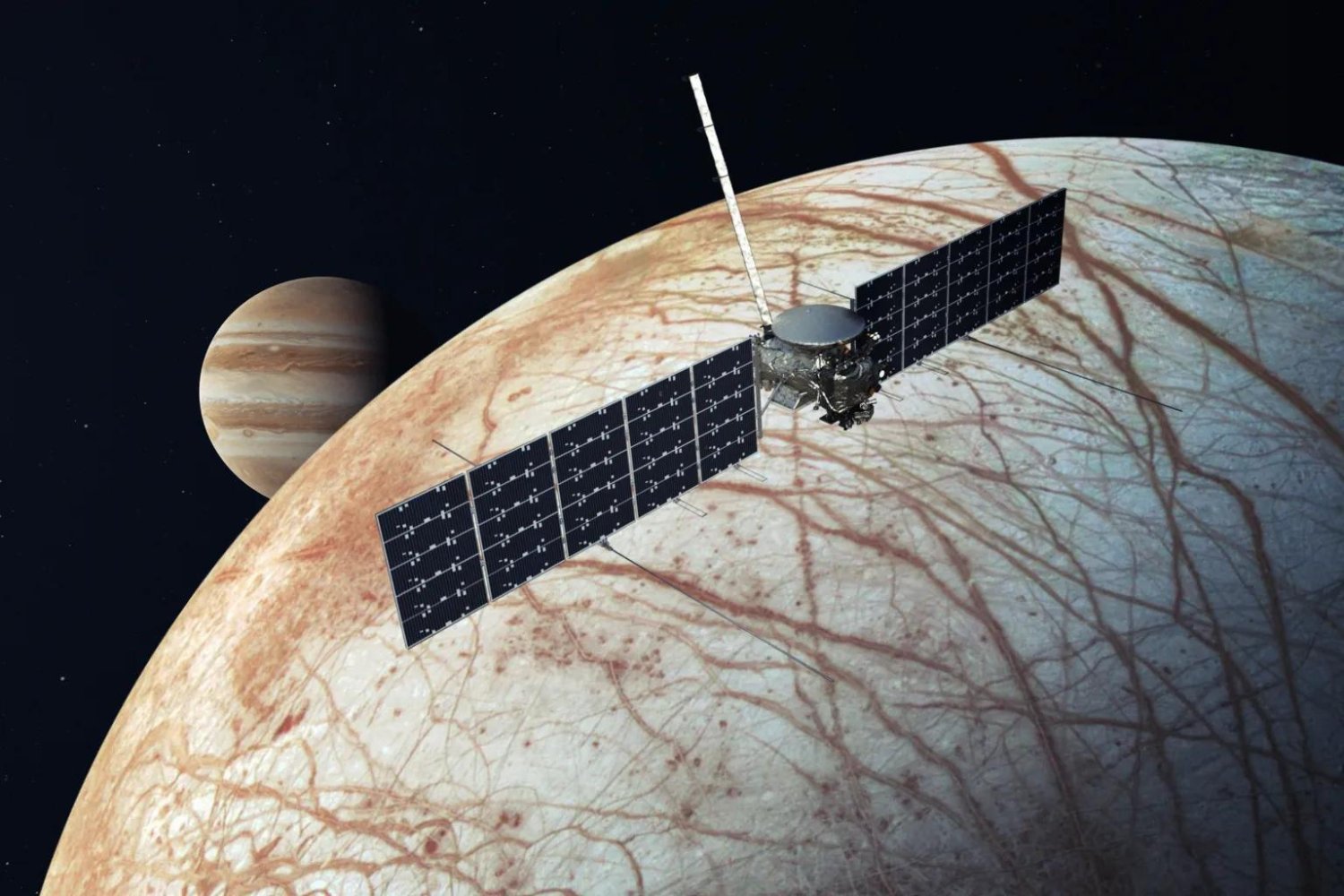The European Space Agency (ESA) is developing a unique mission to tackle the growing problem of space debris. DRACO, short for Destructive Reentry Assessment Container Object, is a washing machine-sized spacecraft designed for a short but crucial mission: to be intentionally destroyed upon re-entering Earth’s atmosphere. This controlled demise will provide invaluable data to improve spacecraft reentry predictions and contribute to safer space operations.
This innovative project, slated for launch in 2027, centers around a 440-pound (200-kilogram) satellite devoid of propulsion, navigation, or traditional communication systems. Instead, DRACO will house a robust capsule equipped to survive the fiery reentry and transmit vital data moments before the satellite’s disintegration, as detailed on the ESA website.
Gathering Crucial Reentry Data
The primary objective of DRACO is to enhance our understanding of spacecraft reentry dynamics. “Reentry science is essential for designing spacecraft for demise,” explains Holger Krag, ESA’s head of space safety. “We need more insight into satellite breakup during atmospheric reentry to validate our models.” This data is critical for developing technologies that enable spacecraft to safely disintegrate by 2030, minimizing the risk of orbital debris.
The mission hinges on a seemingly paradoxical design: a destructible satellite housing an indestructible data pod. “DRACO will be a representative low-Earth orbit spacecraft, equipped with sensors and cameras robust enough to collect data as the surrounding structure burns up,” says Stijn Lemmens, DRACO project manager at ESA’s Space Debris Office. The resilient capsule will withstand the extreme forces of reentry, protecting its internal computer system and maintaining connection to the sensors throughout the process.
A Short but Impactful Mission
DRACO’s space sojourn will be brief but impactful. Its 12-hour mission will take it to an altitude of 621 miles (1,000 kilometers) before initiating its controlled descent over an uninhabited ocean area. Four onboard cameras and 200 sensors will meticulously document the satellite’s self-destruction.
Following the satellite’s disintegration, the data capsule will deploy a parachute, slowing its descent and providing a 20-minute window to transmit the collected data to a geostationary satellite before splashing down in the ocean.
Paving the Way for a Cleaner Orbit
While short-lived, the DRACO mission promises to yield crucial insights into spacecraft reentry, paving the way for more effective mitigation of space debris. This information is crucial for developing future spacecraft designed to disintegrate completely upon reentry, preventing the further accumulation of hazardous debris in Earth’s orbit.
This mission represents a significant step towards ensuring the long-term sustainability of space activities. By understanding the complexities of spacecraft reentry, ESA aims to minimize the environmental impact of space exploration and safeguard the orbital environment for future generations.





